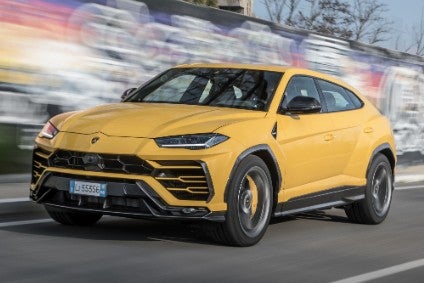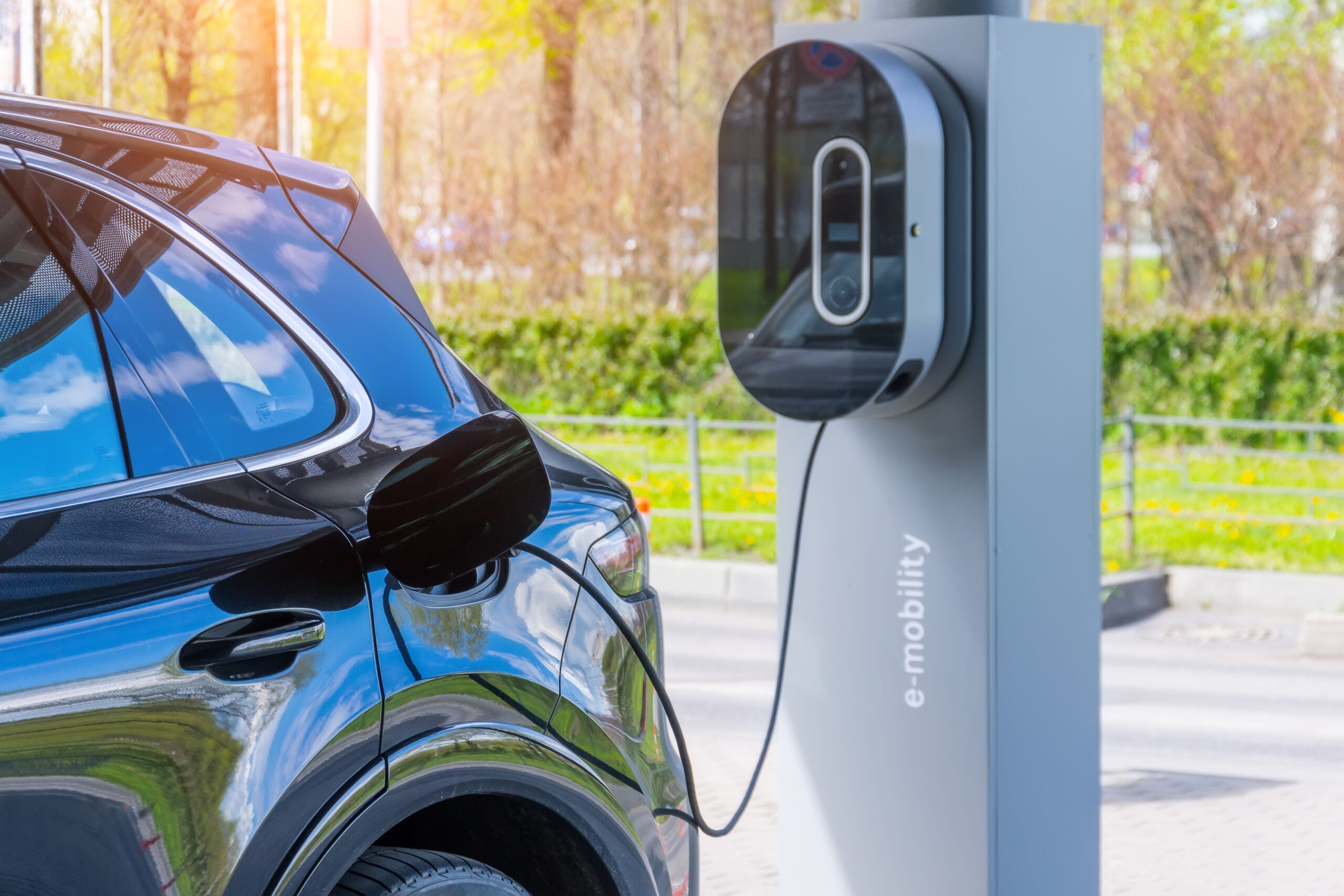
In recessions, the most monied people tend to stop flaunting their cash. That is exactly what has happened in those parts of the world mired in economic woe. Luckily, Lamborghini and Bugatti have China to fall back on as Europe, much of Asia, the Americas and elsewhere remain challenging places for hypercar brands.
As president of Bugatti and since December, CEO of Lamborghini too, Stephan Winkelmann has had much thinking to do about the future of both marques. His previous tenure at Lamborghini saw the company thriving during more than a decade there from 2005 onwards, although the Great Recession was a tricky time. Being able to draw on technology from Audi was a boon and decisions taken towards the end of his time at Lamborghini are now paying off, the success of the first SUV being proof.
How well do you really know your competitors?
Access the most comprehensive Company Profiles on the market, powered by GlobalData. Save hours of research. Gain competitive edge.

Thank you!
Your download email will arrive shortly
Not ready to buy yet? Download a free sample
We are confident about the unique quality of our Company Profiles. However, we want you to make the most beneficial decision for your business, so we offer a free sample that you can download by submitting the below form
By GlobalDataElectrification will be the next step, and the first such model is now just months from launch. Some might argue that the Sián FKP 37 marked the start of a hybrid era but as only 63 coupes and 19 roadsters were built (between November 2019 and November 2020), it was really just a preview – if a dramatic one – of what’s to come.
Lamborghini
The Huracán will be seven years old in March but it has another two, possibly even three, remaining. Lamborghini will continue to tweak the car and add low-volume, high-priced variants. The most recent of these was the STO (Super Trofeo Omologata), announced in November. Rear drive only, its V10 has outputs of 470 kW (640 hp) and 565 Nm.
The next generation model may use either a version of the Audi R8’s architecture or else an evolution of the 992 Porsche 911’s platform. In a major engineering change, it is expected to be a plug-in hybrid although the petrol engine will remain a normally aspirated V10.
A replacement for the Aventador, which could be called Egoista, will be a plug-in hybrid, with the combustion engine a normally aspirated V12. It is extraordinary how long the Aventador has lasted but its successor should finally appear by mid-2021, fully one decade since Lamborghini began building this model.
A petrol-electric plug-in hybrid powertrain will become available in Lamborghini’s big SUV later in 2021. Power and torque numbers for the Urus PHEV are not known but they are likely to be greater than what is on offer in Porsche Cayenne Turbo S E-Hybrid and the Cayenne Turbo S E-Hybrid Coupé. These have total power of 680 PS (500 kW) from the combination of a 4.0-litre twin turbo V8 engine (550 PS/404 kW with 770 Nm) and an electric motor (136 PS/100 kW and 400 Nm) integrated into the eight-speed Tiptronic S transmission. Maximum system torque is 900 Nm and the battery’s capacity is 17.9 kWh.
As with other versions of the Urus, the petrol-electric one should be facelifted in 2022 or 2023 and replaced in 2026/2027.
Bugatti
The Chiron has been in small scale production in France (with engines coming from Volkswagen‘s vast Salzgitter powertrain plant) since April 2016. Build will, however, cease soon. Last year, there were two new variants, the first of which was announced in March. This, the Pur Sport has no extra power but loses 50 kg. Sixty cars would be made, Bugatti stated.
While not directly a Chiron variant, the Bolide, announced in October 2020, uses the same basic structure and 8.0-litre engine. Unlike the Chiron, this one is a track-only model and is powered by an 1,825 horsepower version of the quad-turbo W16.
How the Chiron will be replaced is not yet known. Key will be profitability and exclusivity. On the topic of another model, Stephan Winkelmann stated in a July 2020 interview that a decision on approving such a project had been delayed.
“For the time being we need to put this issue aside. Given the prevailing economic conditions, our utmost priority is on liquidity,” Bugatti’s president stated.
In November 2019, Winkelmann had suggested that the marque might in future consider a four-seat electric GT or crossover priced somewhere between half a million and a million euro.
As for the potential sale of Bugatti to Rimac, Volkswagen is saying nothing. In September there were rumours claiming that the Croatia-based start-up, in which Porsche has a 15.5% holding, would acquire the hypercar maker. Since then, nothing has been said officially, although other claims that Lamborghini too would be spun off were denied. It should be noted that whatever the PR spin is from Bugatti, JATO data show the brand delivering only 19 cars in all of Europe during the year to the end of November.
This was the final chapter in a Volkswagen Group future models series. The next OEM to have its brands looked at will be Great Wall Motor.








